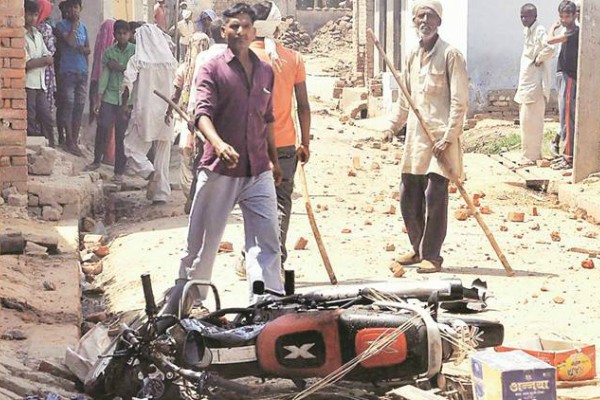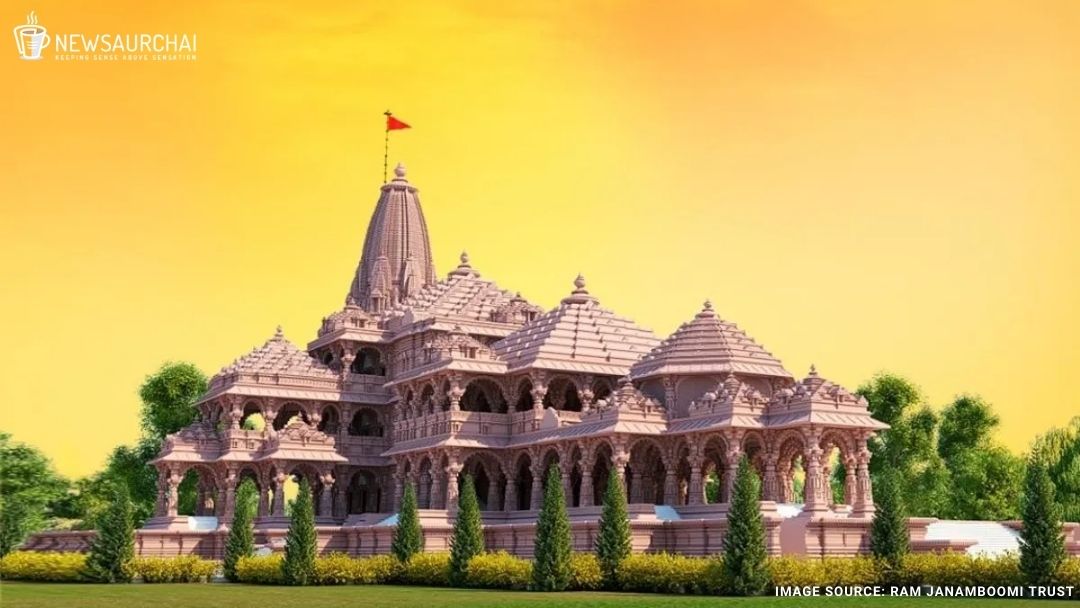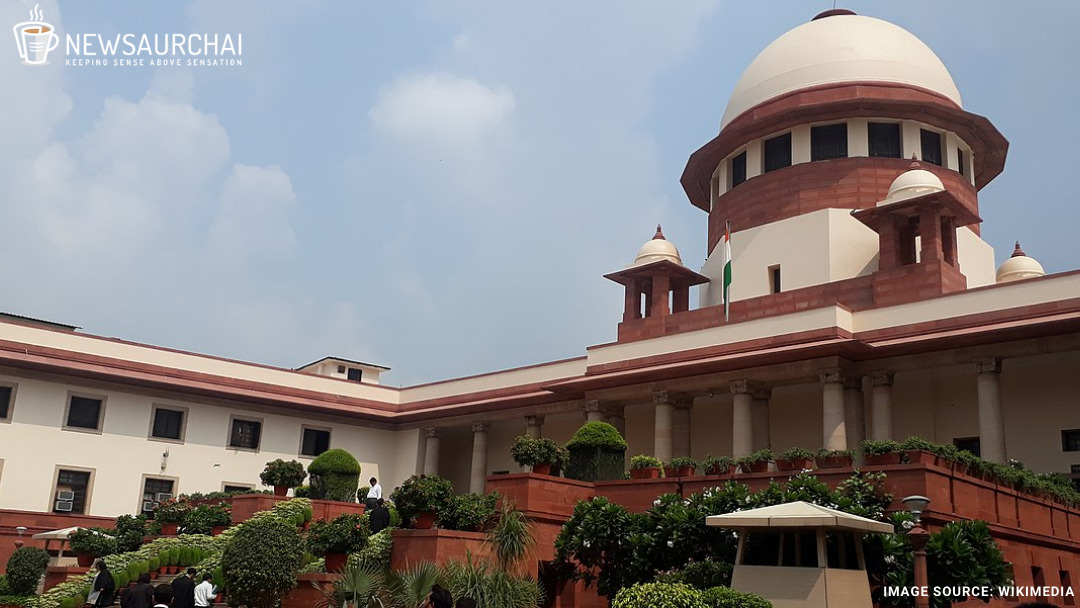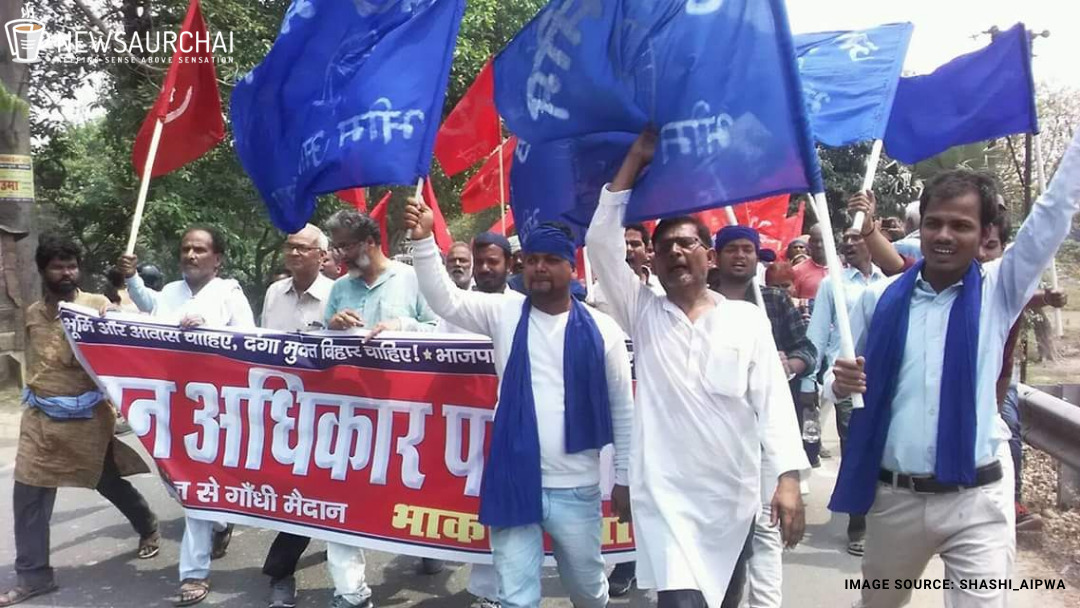Blame Games overshadow Caste Tensions : The Saharanpur Incidents

Caste-related violence and tragedy in Saharanpur and Shabbirpur have thrown light on a couple of matters. First and foremost, caste remains a point of contention and riot, irrespective of the narrative in metropolitan cities.
Secondly, political parties are once more using it to their leverage and for the safekeeping of their vote banks.

Rioting and clashes have only been increasing. Dalits were denied permission to install a statue of BR Ambedkar and in turn opposed a procession, comprised mainly of Thakurs, marking the birth anniversary of Maharana Pratap. Houses of Dalits were allegedly torched while many renounced the Hindu faith and converted to Buddhism. Meanwhile, the Bhim Army called a protest against such atrocities at the Jantar Mantar, the centre also dispatched anti-riot personnel to the affected region.

Tensions also rose after Mayawati’s rally – Dalits coming back from it were reportedly attacked, with one casualty – a 24-year old named Ashish. This comes when Rahul Gandhi was not being allowed entry into the district and had to cut short his visit. Both the aforementioned parties blamed the Yogi Adityanath-led BJP government for a rise in caste tensions. Meanwhile, BJP and RSS personnel met bot Dalit and Thakur leaders to understand the contentions.

As the blame game continues, caste tensions rise. With Board results being declared, the ‘r-word’ will come into play, bringing to the forefront caste issues in ‘metropolitan’ India. The need of the hour is not to incite further tensions but take steps towards retaliations. Political blame games cannot assuage the ongoing crisis, it is up to the administration to understand the situation in an unbiased manner and take steps to prevent further clashes.





